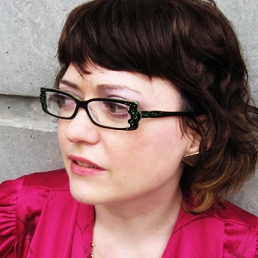
Merriam-Webster’s Collegiate Dictionary now includes the words “hashtag,” “selfie,” “tweep,” “gamification,” and, rather belatedly, “social networking.”
The New York Times reports on the increasing use of trigger warnings, which flag upsetting content that may “trigger” a post-traumatic stress reaction. At UC Santa Barbara, the student government made a formal request asking that trigger warnings be used on course material, and similar requests have been made at Oberlin, Rutgers, the University of Michigan, and George Washington University. The suggestion that classic works of literature need warnings has been particularly controversial. Two examples: The Merchant of Venice, because it contains anti-Semitism, and Virginia Woolf’s Mrs. Dalloway, because it addresses suicide.Times readers were triggered into leaving a slew of comments.
The Atlantic lists a hundred examples from the past year of “fantastic” journalism.
The critic Maude Newton has announced that Random House will publish her first book, a study of genealogy that grew out of a piece she wrote for the current issue of Harper’s, “America’s Ancestry Craze.”
Poynter reports that since 2006, Buzzfeed has published 22,500 pieces about cats, 12,500 of those since 2012. Never enough, we say, never enough.
A new book maps the proliferation of allusions—including references to Ovid, Virgil, Mark Twain, Ernest Hemingway, H.G. Wells, and self-help books—in Bob Dylan’s Chronicles.